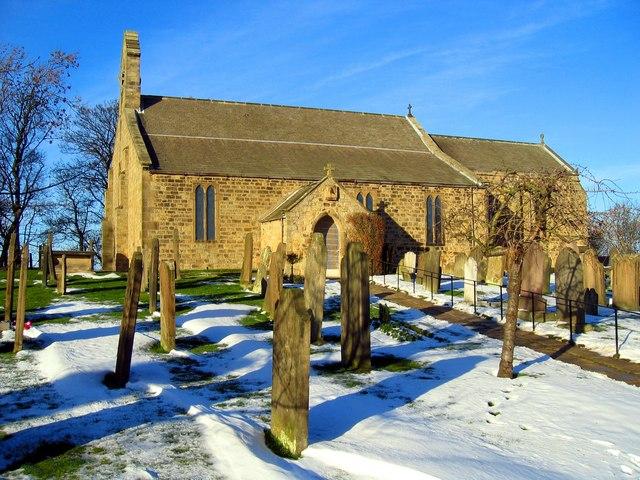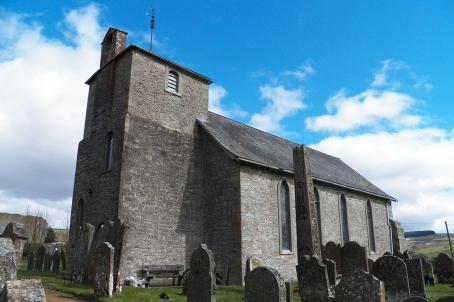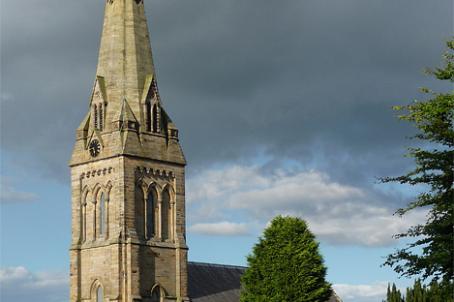St Andrew

The church of St Andrew is situated in the centre of the village on a hill top opposite the Swan Inn. The church was consecrated in 630 and still retains many Saxon and later Norman elements. Nikolaus Pevsner called it 'a church of considerable archaeological fascination'. The parish church has been an important part of village life since these times and is still in use for regular worship to which all are visitors are very welcome.
About this building
For more information visit on this building visit www.explorechurches.org/church/st-andrew-heddon-wall




